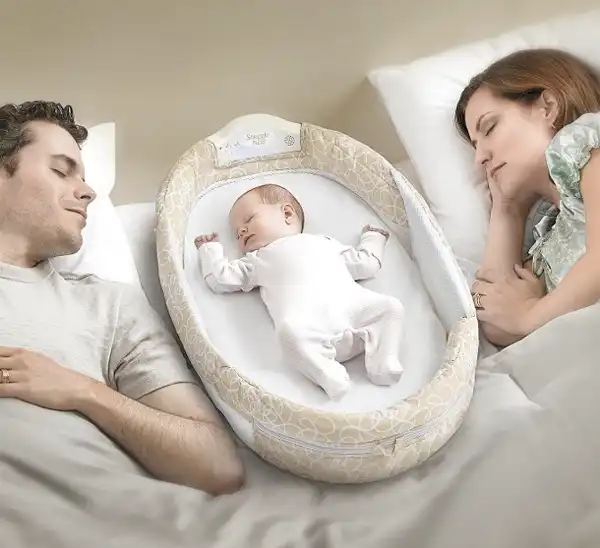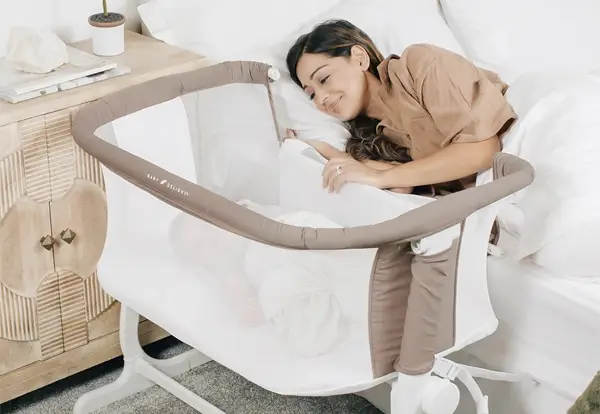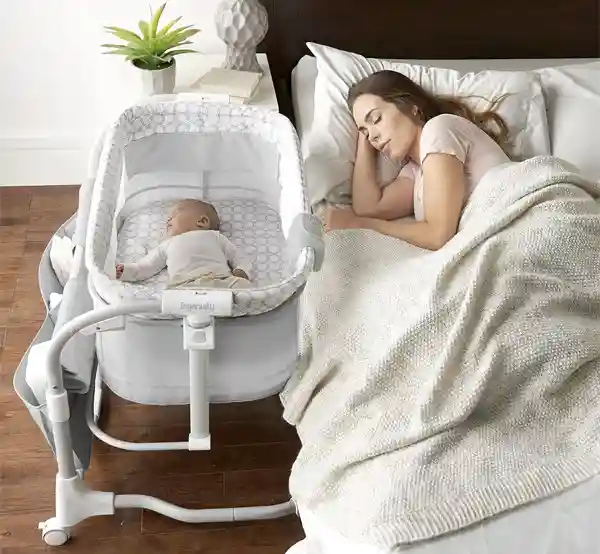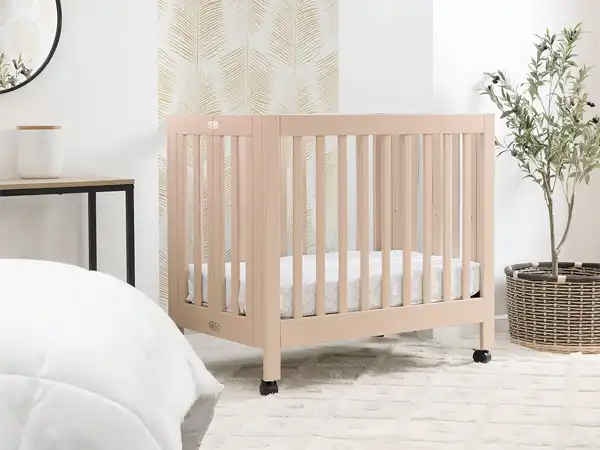From bed-sharing to room-sharing, here’s what each co-sleeping type involves and how to do it as safely as possible.
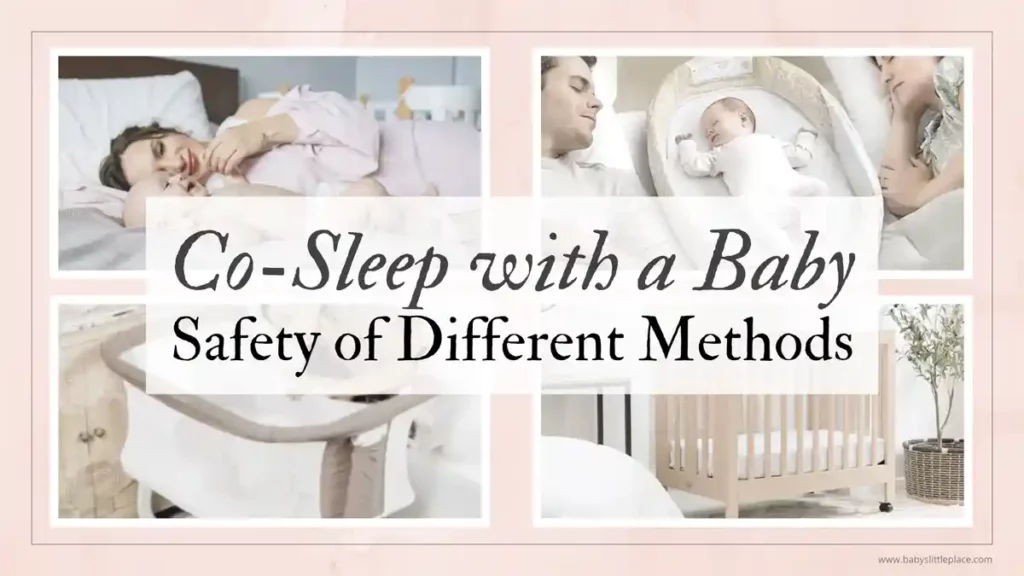
Many parents assume that co-sleeping only means sharing a bed with their baby, but that’s not the full picture. Co-sleeping simply means sleeping close to your infant, whether that’s in the same bed or in the same room.
There are different types of co-sleeping with a baby, and some options are significantly safer than others. The key is to choose the type that works best for your family while ensuring your baby’s sleep environment is as safe as possible.
Let’s explore the different types of co-sleeping with a baby so you can find an option that makes you feel comfortable and at ease.
Types of Co-Sleeping With a Baby
Co-sleeping can be practiced in multiple ways, and each method comes with its own benefits and risks.
Below, I’ve described the most common co-sleeping arrangements, how they work, and their safety considerations.
1. Bed-Sharing: Sleeping in the Same Bed With Your Baby
What Is Bed-Sharing?
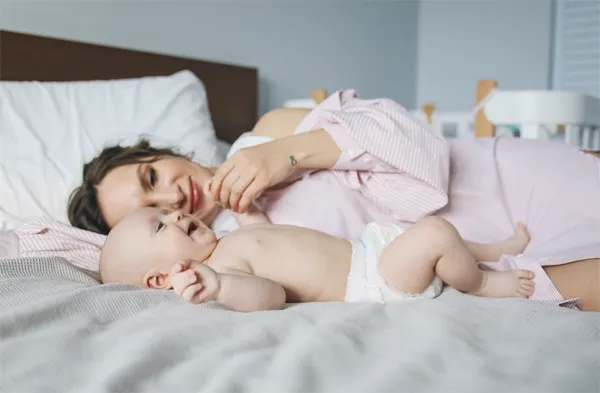
Bed-sharing means that parents and their baby sleep on the same surface, typically a bed. This is often the first thing people associate with co-sleeping, but it is actually just one form of it. Some parents choose bed-sharing for the convenience of nighttime feedings and the close bond it fosters.
How is it done?
- Parents sleep with their baby in their bed, either in their arms or lying beside them.
- If you decide on this co-sleeping type, follow “safe bed-sharing” guidelines, such as using a firm mattress, keeping pillows and blankets away from the baby, and placing the baby on their back.
- Bed-sharing is often done instinctively by breastfeeding mothers, as it can help with nighttime nursing.
How Safe Is Bed-Sharing?
![Risk Meter - Very High [Not Safe]](https://babyslittleplace.com/wp-content/uploads/2025/04/risk-meter-very-high-not-safe.webp)
Bed-sharing is considered the riskiest form of co-sleeping, especially for newborns. The American Academy of Pediatrics (AAP) strongly advises against it, as it increases the risk of suffocation, Sudden Infant Death Syndrome (SIDS), and accidental injury due to soft bedding, parental movement, or overheating.
However, some studies suggest that in cultures where bed-sharing is practiced with strict safety measures (such as firm mattresses, no loose bedding, and non-smoking households), the risks may be lower.
If you choose to bed-share, you should carefully research safe sleep guidelines to minimize potential dangers. You can find more about the measures that may reduce the risk of bed-sharing in our Co-Sleeping with Baby Guide in the section “What if I want to bed-share with my baby anyway?”.
2. In-Bed Co-Sleeper: A Portable Sleep Space for Safer Bed-Sharing
What Is an In-Bed Co-Sleeper?
An in-bed co-sleeper, also known as a baby nest or travel bassinet, is a small, portable baby sleep space designed to be placed directly on the parents’ bed. It has raised sides to create a barrier between the baby and parents, offering an added layer of protection compared to traditional bed-sharing.
How is it done?
- The in-bed co-sleeper is placed on the parents’ bed, typically between them or near the mother.
- The baby sleeps inside the nest, which has firm sides to reduce the risk of rolling or suffocation.
- Some in-bed co-sleepers come with built-in nightlights or units with preloaded lullabies.
How Safe Is an In-Bed Co-Sleeper?
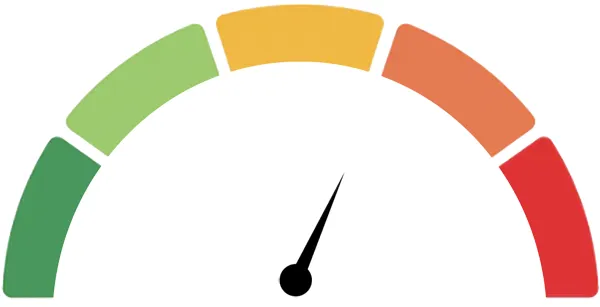
While an in-bed co-sleeper is safer than direct bed-sharing, it still carries risks. The AAP does not recommend any in-bed sleeping arrangement, even with a barrier. Babies can still be exposed to soft bedding, accidental rolling, or overheating.
If you decide to use an in-bed co-sleeper, make sure that:
- The sleep surface is firm and flat.
- The co-sleeper has a sturdy construction that reduces the risk of rolling onto the baby’s sleeping area.
- It features breathable mesh sides.
- There are no loose blankets, pillows, or heavy covers nearby.
- The baby is always placed on their back to sleep.
If you’re considering this type of co-sleeping, the Baby Delight Snuggle Nest Bassinet stands out for its firm, compact walls and breathable mesh sides, which help create a separate, well-ventilated sleep space for your baby.
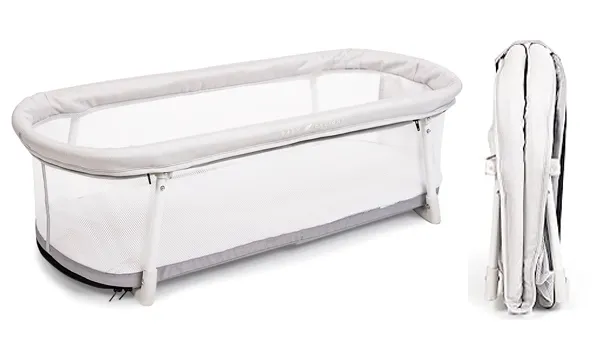
3. Side-Sleeping Arrangement: A Co-Sleeper Attached to the Bed
What Is a Side-Sleeper?
How is it done?
- A co-sleeper or bedside bassinet is securely fastened to the parents’ bed.
- One side is open or has a drop-down rail (Not a classic drop-side crib!), allowing easy access to the baby.
- Parents can reach their baby for feeding or soothing without getting out of bed.
How Safe Is a Side-Sleeper?
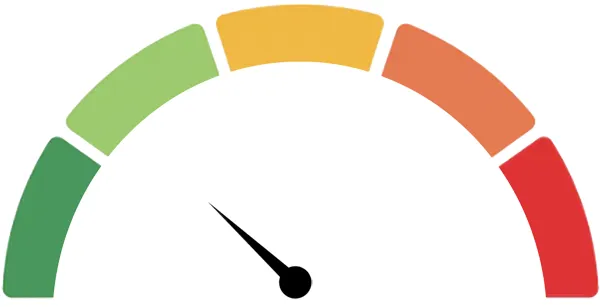
A side-sleeper bassinet is generally considered safer than bed-sharing or using in-bed co-sleeping nests, as it gives your baby a separate sleep space while still keeping them within arm’s reach.
However, it may not be as safe as using a standalone bassinet or crib placed near your bed, which provides even more separation and structure. With a side-sleeper, there’s still a small risk that your bedding falls into the baby’s space, which may pose a risk. Also, the sleeper could shift and create a gap if not securely attached.
The safety of a side-sleeper depends on several factors:
- Proper installation: The co-sleeper must be securely attached to the bed with no gaps.
- A firm mattress
- Following the manufacturer’s weight limits and assembly guidelines carefully.
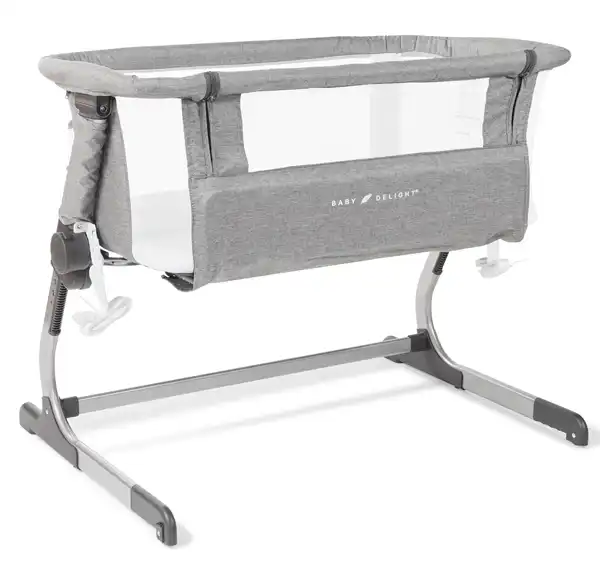
4. Room-Sharing With a Crib or Bassinet: Two Safe Ways to Co-Sleep
Room-sharing means the baby sleeps in the same room as the parents, but in their own safe sleep space. This is considered the safest way to co-sleep, according to pediatric experts, and can reduce the risk of SIDS by up to 50%.
There are two common ways to set up room-sharing:
4.1. Bedside Crib or Bassinet (Close Room-Sharing)
In this setup, the baby’s crib or bassinet is placed directly beside the parent’s bed, within arm’s reach.
How it Works:
- Parents can easily reach their baby for feeding, soothing, or monitoring during the night.
- It allows for quick responses without getting out of bed.
How Safe Is Close Room-Sharing?
![Risk Meter - Very Low [The Safest]](https://babyslittleplace.com/wp-content/uploads/2025/04/risk-meter-very-low-safe.webp)
- This is the safest co-sleeping arrangement for infants.
- Still, you must do it correctly. Use a firm mattress, avoid soft bedding or toys, and make sure the crib or bassinet meets current safety standards.
- Place your baby in the crib or bassinet on the back.
4.2. Separate Sleep Space in the Same Room
How it Works:
- Parents can still hear and respond to the baby, but with a bit more space between.
- Some families prefer this setup as their baby gets a little older and more independent.
Safety Notes:
![Risk Meter - Very Low [The Safest]](https://babyslittleplace.com/wp-content/uploads/2025/04/risk-meter-very-low-safe.webp)
- This type of co-sleeping is just as safe as bedside room-sharing when the sleep space follows all safe sleep guidelines.
- Ensure the crib is positioned away from windows, heaters, cords, or other hazards.
- The baby should always be placed on their back to sleep, on a firm, flat mattress with no loose bedding.
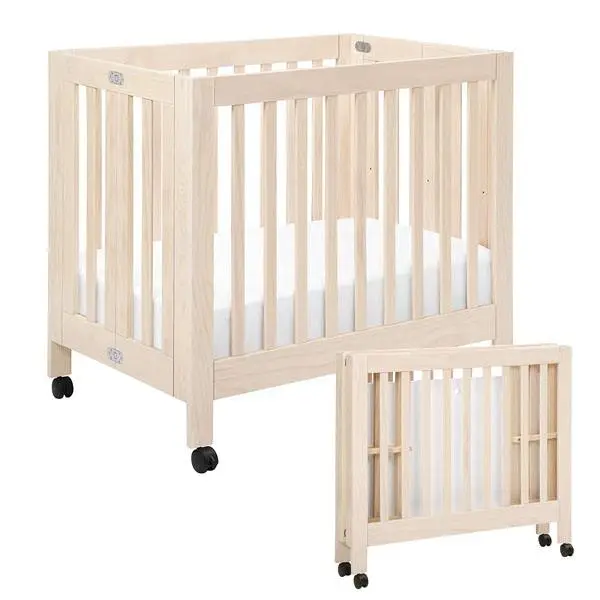
Final Thoughts
There is no one-size-fits-all approach to co-sleeping, and what works best for one family may not be ideal for another. However, safety should always be the top priority.
If you’re considering co-sleeping, make sure to choose the safest type that aligns with your family’s needs. To help weigh your options, you can also read our guide on the Pros and Cons of Co-Sleeping with Your Baby.
For a deeper dive into co-sleeping safety, check out our Co-Sleeping with Your Baby Guide. And if you’re wondering how co-sleeping works with more than one baby? Here’s a look at what to consider when co-sleeping with twins—from safe setups to real-life tips.

